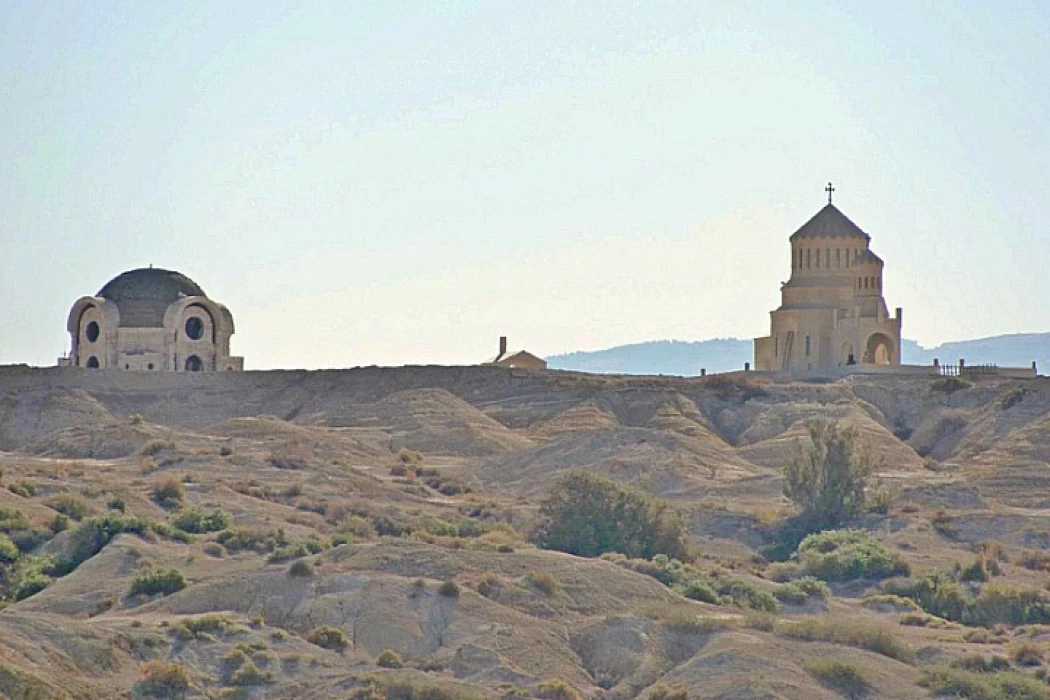
Bethany Beyond the Jordan | Baptism Site
Bethany Beyond the Jordan
Bethany was one of those settlements created by the tribe of Benjamin upon their return from the Babylonian exile. Its old name, Bethany, may be seen as a simplified form of the Hebrew 'Beth Hananiah.' In Byzantine times the original title was replaced with Arabic Al-Eizariya, which translates as 'village of Lazarus.'
Located in Jordan, Al-Maghtas is currently situated east of the Jordan river and is about 9 kilometers from the dead sea which according to Christians is the place where John the Baptist took Jesus, and Beit Aniya was the place where kohnosh did most of his work in the early days of his ministry, however this information came to light due to archaeological digs that were done in the Kharrar Valley in 1996, and it is known from about archaeological finds that these holdings correlate with biblical texts, certain Byzantine as well as dark age historians, and modern archeological research that geolocated the region associated with John the Baptist's activities also.
In the Book of John, Bethany can be found across the Jordan where John the Baptist was headed. The expression across the Jordan indicates the east bank of the river, and in reference to the same location on the east bank, this Gospel explains that Jesus Christ had come back across the Jordan and that John the Baptist had first gone there and had returned and remained there.
In 1997, as it happens in recent studies, several archaeological sites were uncovered in Jordan which are connected to the pilgrimage site of both Saint John the Baptist and Jesus Christ. This chain of places runs along the Kharar valley, and a Byzantine monastery was also found in Tal el Kharar known as Beit Aniya in Jordan.
The general appreciation of the archaeological remains found at this site classifies it as an international archaeological site as it comprises of several archaeological zones which are namely: Tell al-Kharrar, otherwise known as the Hill of Mar Elijah, the area of the churches referred to as John the Baptist which is found close to the Jordan River in the heart of the Qafra District, which has been associated with the baptism of Jesus by John the Baptist in the Christian tradition.














